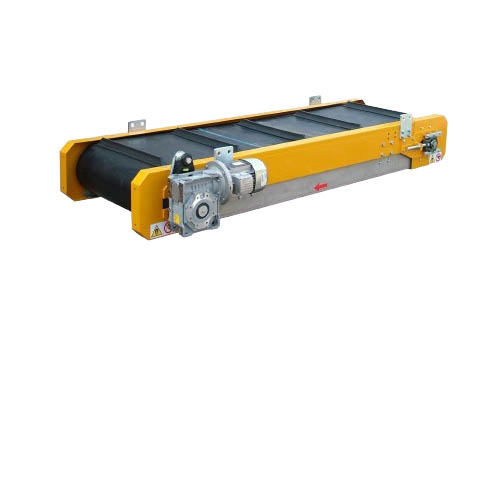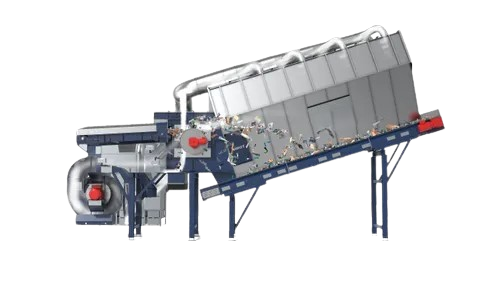Ballistic Separator
A ballistic separator is a type of equipment used in waste management and recycling processes to sort materials based on their physical properties, such as size, shape, and density. It operates by using the principles of ballistic motion, where materials are subjected to forces that cause them to move in different trajectories, allowing for separation. Here’s a breakdown of how a ballistic separator typically works:
- Input Material: Mixed waste or recyclables are fed into the ballistic separator.
- Screening Surface: The material passes over a screening surface that can be a series of paddles, rollers, or vibrating screens.
- Motion and Forces: As the material moves along the surface, it is subjected to ballistic forces. Lighter and more three-dimensional objects (such as plastic bottles) tend to bounce or are thrown further, while flatter or heavier objects (like paper or glass) tend to stay closer to the surface or fall through openings in the screen.
- Separation: The materials are separated based on their trajectories. Typically, ballistic separators have multiple output streams:
- 3D Fraction: Items that are more rigid and have a three-dimensional shape.
- 2D Fraction: Flat items like paper and cardboard.
- Fines: Smaller particles that fall through the screen.
- Further Processing: Each separated fraction can then be sent to further processing or sorting stages, such as optical sorters, eddy current separators, or manual sorting lines, depending on the recycling facility’s needs.
Ballistic separators are advantageous in recycling systems because they help increase the purity of the separated materials, reduce manual sorting efforts, and enhance the efficiency of the overall recycling process.



